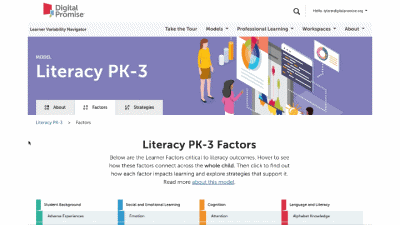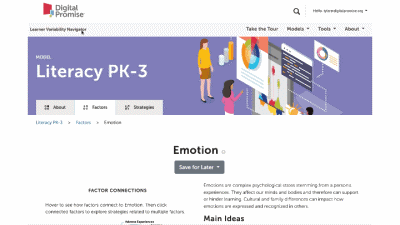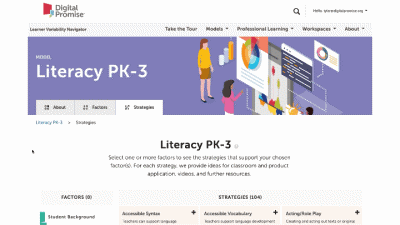Error Analysis
Overview
Analyzing incorrect worked examples is especially beneficial for helping students develop a conceptual understanding of mathematical processes. Studying their own errors can also help students see when they have chosen incorrect strategies, improving their procedural knowledge. More importantly, error analysis can also help students identify their misconceptions and support them in correcting their understandings.
Example: Use This Strategy In in the Classroom
Design It into Your Product
Factors Supported by this Strategy
More Active Learning Strategies
Students activate more cognitive processes by exploring and representing their understandings in visual form.
When students explain their thinking process aloud with guidance in response to questions or prompts, they recognize the strategies they use and solidify their understanding.
Math games allow students to practice many math skills in a fun, applied context.
Project-based learning (PBL) actively engages learners in authentic tasks designed to create products that answer a given question or solve a problem.
Response devices boost engagement by encouraging all students to answer every question.
When students create their own number and word problems, they connect math concepts to their background knowledge and lived experiences.
Analyzing and discussing solved problems helps students develop a deeper understanding of abstract mathematical processes.








